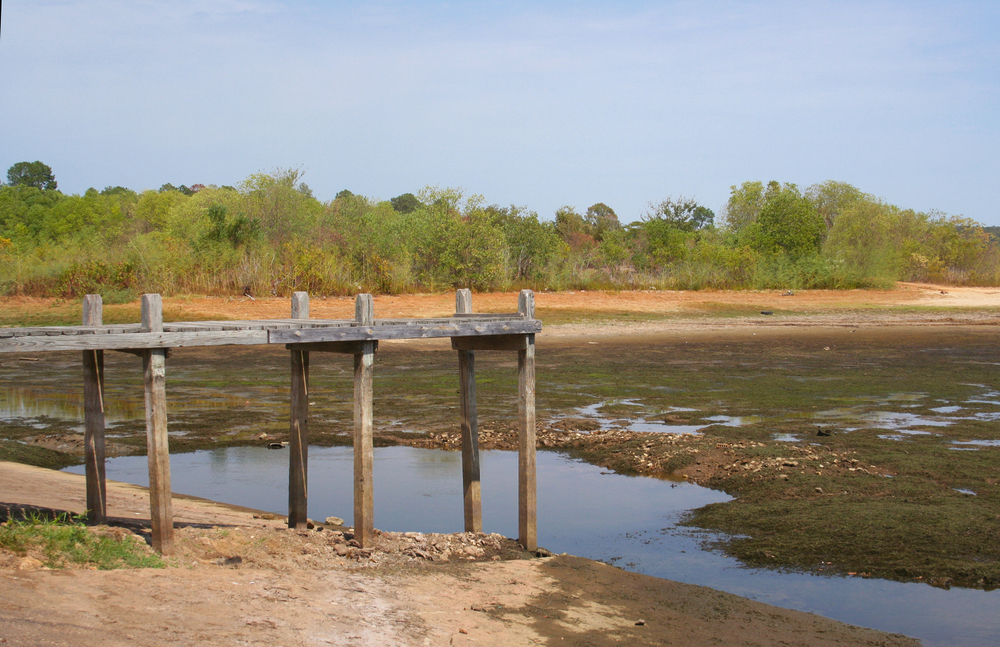
By: Carly Peach, Hydrogeologist, Texas Water Utilities
Lack of rainfall and unprecedented high temperatures are causing drought conditions and putting Texas’ water supply under immense pressure.
According to the U.S. Drought Monitor, 13.2 million Texans are currently experiencing drought. While the Panhandle has seen significant relief due to precipitation in recent months, water restrictions are still in place for much of Texas.
The Texas Water Development Board reports that groundwater provides about 55% of water used in the state. Ninety-six percent of Texas Water Utilities customers receive their water from groundwater sources, which is typically cleaner than surface water and exists in underground aquifers. However, drought conditions cause water levels to decline in aquifers.
What are the effects of drought on aquifers?
Unconfined aquifers are exposed to the Earth’s surface, whereas confined aquifers have a layer of dense geologic material (typically clays) that prevents water from seeping into the aquifer from land surface. Unconfined aquifers are typically more responsive to drought, meaning that water level changes are seen here first rather than in a confined aquifer. The Edwards Aquifer in Central Texas is an example of an unconfined aquifer that supplies water to nearly 1.7 million Texans.
During drought, soil shrinks and makes it more difficult for water to pass through pore spaces and flow into the aquifer. Due to this naturally occurring process, it takes prolonged and frequent rain to break a drought cycle. If less water is being recharged to an aquifer than is being withdrawn, the aquifer will deplete.
In order to ensure a stable water supply during this time of drought, additional conservation efforts are needed. The Texas Commission on Environmental Quality lists current water use restrictions in place across the state. Water restrictions are in place by water suppliers to ensure we all have enough water for basic needs. It is imperative that we follow these guidelines to help prevent water shortages during extreme drought.
How can you be considerate during a drought?
The largest water consumption by an average American household is through landscape irrigation. If your landscaping is equipped with a sprinkler system, ensure that there are no leaks in the system and that the heads are only watering what is necessary. The best time to run your sprinkler system is in the early morning hours, before dawn. Water only during times allowed per your local restrictions. Grass consumes a significant amount of water, so consider adding native, drought-tolerant plants to your landscaping. Another way to help cut down on water use is regular upkeep of your landscape. Replace mulch around shrubs, trees, and plants to help them retain moisture.
Small changes in daily water conservation habits can have a lasting impact on our communities. Next time you water your lawn, remember that what you use impacts everyone. Every drop of water counts when it comes to drought conditions, and we can all play a role in ensuring the continued availability of our water supply.